One of the most unique things about the Australian landscape has always been the color of the soil – a rich orange-red that I’ve not seen anywhere else on earth – I guess it must have something to do with the rich mineral deposits. It ranges anywhere from a dull brown pre-dawn or post-dusk, or a really electric orange if the light hits things right – surface features stand out in stark relief and if three wasn’t anything recognisable as a plant, we might well think we were on the surface of Mars. It’s even more surreal from the sky, because the features hint at nothing so much as a landscape of history: suggestions of water dried and geology shifted; there’s definitely a sense of agelessness here. What came before? What comes next? We can only wonder. Perhaps there is something in the Aboriginal dreamtime mythology that might provide some guidance here – it’s easy to see where it came from. MT
This series was shot over Francois Peron National Park in Western Australia, from anywhere between 500 and 1500 feet.
This was shot with a Hasselblad H5D-50c and various lenses, and post processed with Photoshop and Lightroom Workflow III and techniques in the Weekly Workflow.
__________________
Ultraprints from this series are available on request here
__________________
More info on Hasselblad cameras and lenses can be found here.
__________________
Visit the Teaching Store to up your photographic game – including workshop and Photoshop Workflow videos and the customized Email School of Photography. You can also support the site by purchasing from B&H and Amazon – thanks!
We are also on Facebook and there is a curated reader Flickr pool.
Images and content copyright Ming Thein | mingthein.com 2012 onwards. All rights reserved
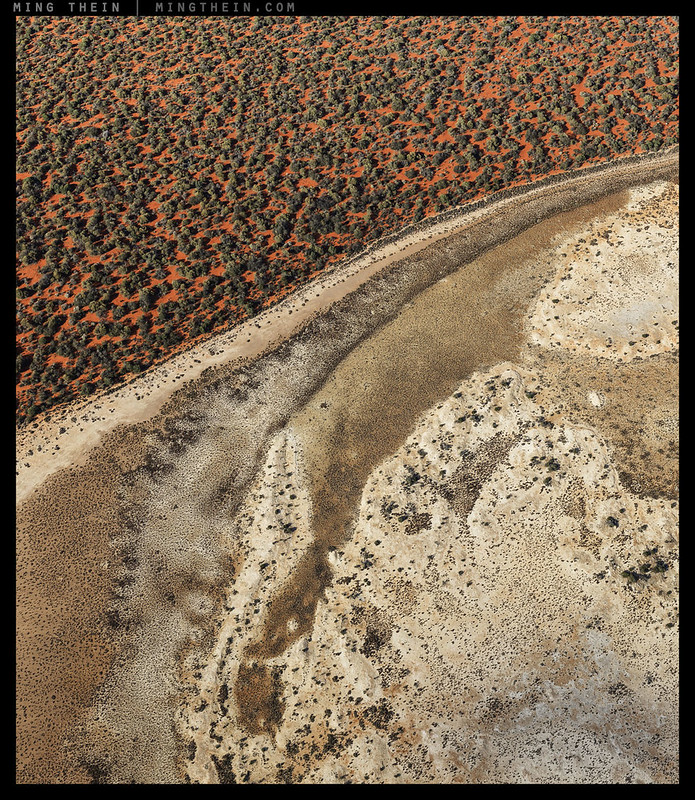
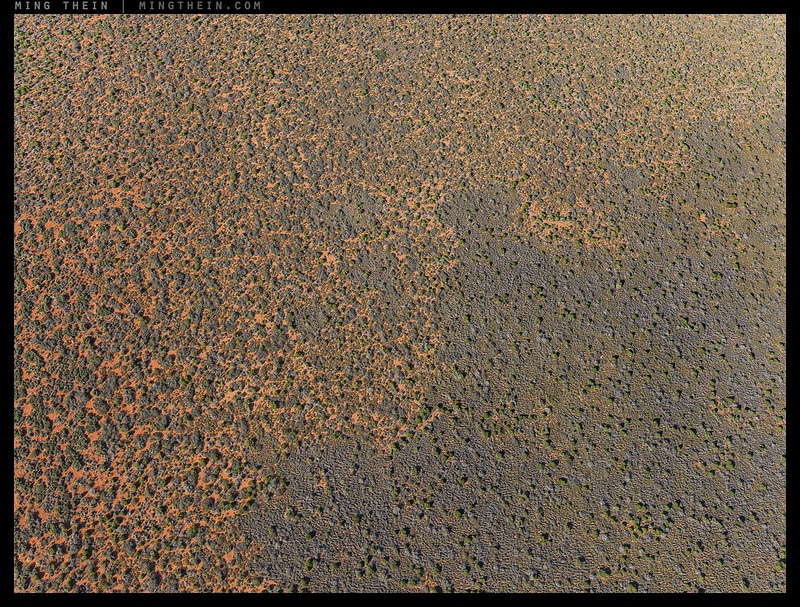
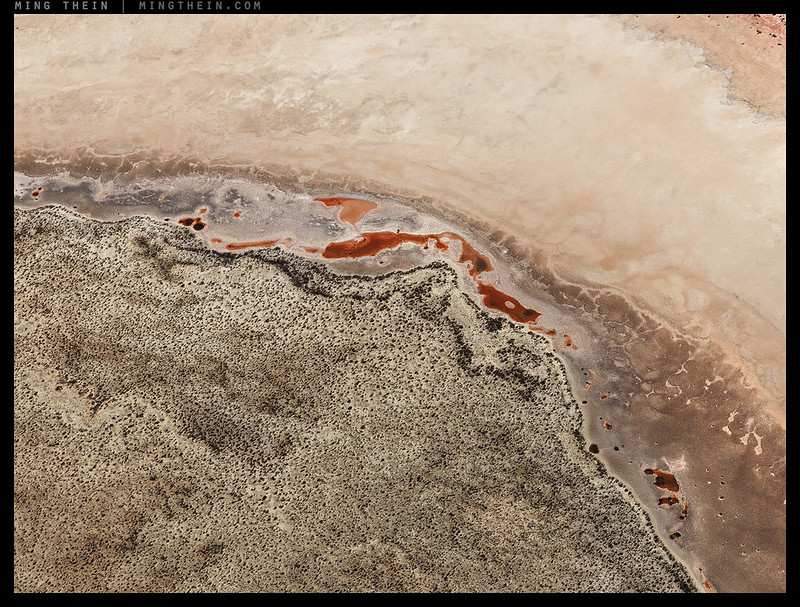
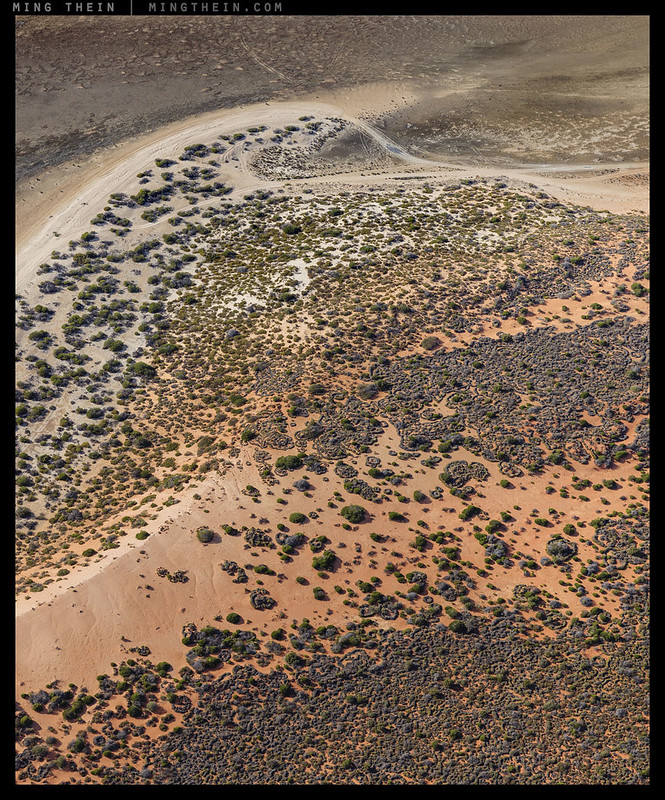
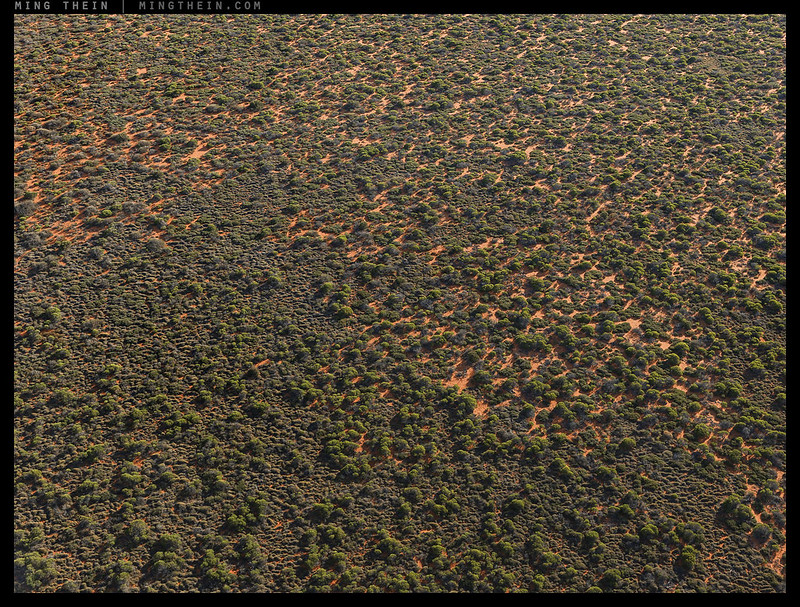



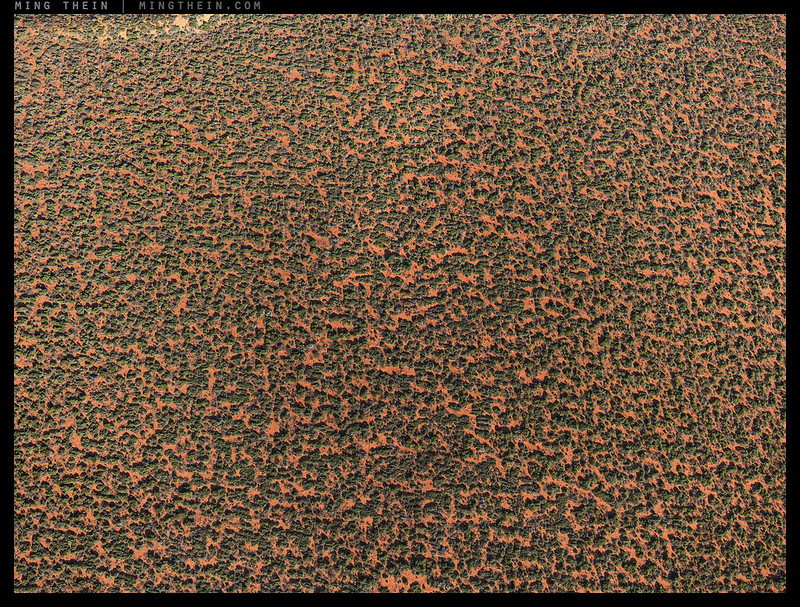






Oops – sorry – my apologies – I got distracted and forgot the attachment. Here it is.
Ming,
It has been a while since you have mentioned your very real connection to Australia. From the comments it appears that many of the readers of this post are unaware. As always marvelous stuff!
R/Carlos
Thanks Carlos. I lived here for 9 years, though I didn’t really see that as relevant as it was the other side of the country (!)
Fantastic images processed to perfection. I’m heading to Australia for a couple of months (Oct & Nov) and will be spending lots of time in the remote areas. Where were these shots taken? What approximate cost of hiring a light aircraft?
FC
Thanks. Location was noted in the post – Francois Peron National Park. You’re looking at $800-1000/hour of flight time depending on the size of the aircraft, and remember you need to get there and back, too.
Beautiful images, very similar colours and contours around the mouth of the Murray river and in the north, the “Top End” , it’s the sheer size of the areas of colour that makes Australia unique in so many parts.
Here in England Devon has very rich red soils but obviously on a smaller scale.
Thanks!
Nice topographic work! Cheers!
Thanks!
You have good eye for textures. Some of the images look a bit abstract and martian, which is really cool.
I have a dream of doing something similar once, and I know someone who can get me in touch with a guy that does sightseeing in a small Cesna. I’ve heard it’s pretty expensive though, and probably not viable at this moment.
Thanks, the pilot may have taken a wrong turn at some point though 😉
These are just fantastic. Among your best work. However, I’d rotate the sixth one to the right. Perhaps you could title these with their GPS coordinates?
Impossible since I was in the air at the time and have no way of knowing exactly 🙂
just amazing. Sally
Thanks!
Come visit us in North Carolina (USA). Red soil a plenty (often also called red clay). It’s actually quite a pain – if the red dust gets in your clothes it can be hard to get rid of and if you don’t clean your shoes off before entereing the house … go figure.
Otherwise a great sight – as your wonderful pictures prove!
And I suspect not so good inside the camera, either 🙂
Thanks!
Wonderful photographs. The aerial perspective allows us to more easily recognize patterns and coherency. These are very flat landscapes and from ground level, it is almost impossible to see these features.
Did you have the opportunity on your visit to Australia to photograph from ground level in “golden light” conditions? The combination of this lighting and the RGB elements of the landscape (soil/vegetation/sky) is stark and stunning.
The icing on this combination is to come across the gum (eucalypt) trees that have white trunks (e.g., Ghost Gums). These gums feature in many photographs and in the artworks of Central Australia (e.g., the works of Albert Namatjira – http://www.aasd.com.au/index.cfm/list-all-works/?concat=NamatjiraAlber).
Thank-you for posting these images. My day job is geoscience (geology and geophysics), and I spent 20 years or so in mineral exploration in areas such as those that you have visited and photographed in Western Australia. You bring back many memories every time that you post the photographs from this visit. Have you visited several times, or just the once? Can you share the nature of the assignment(s)?
🙂 … MomentsForZen (Richard)
Thanks Richard. We found the same thing at ground level: there was really almost nothing to see, and no vantage points to climb. There were golden hour sessions – one of them is here. No idea the ghost gums were that uncommon though…
Western Australia: a single visit, actually to get abstract pattern material for an interior designer…
Thanks for the pointer to the sunsets. I can easily imagine these photographs being used as abstract prints in commercial / hospitality settings. They are warm (courtesy of the rich and warm colors) and interesting – desirable characteristics for the intended purpose, I imagine. They have both a simplicity and complexity in the patterns. And they are engaging since these are foreign landscapes to most.
🙂 … MomentsForZen (Richard)
You are a superb story teller, Ming! Not only with words but also with curating and sequencing your images! There is a lot from you to learn! Thanks for sharing!
Thanks – I wrote a previous article on curation here…
Dear Ming,
I enjoy your articles greatly. It is a source of wonder as to how prolific you are. I really don’t know how you find the time to work and write at this level. Normally your use of English is excellent but really “most unique” ? Surely, you must be aware that “unique” means one of a kind and that something is either unique or it is not. “Rare”, “unusual”, “uncommon”, are correct.
Thanks Daniel. I don’t sleep much, and the coffee content of my blood probably exceeds that of, well, blood.
In certain situations, I think a little hyperbole is warranted. Think of it as stylistic…
Really beautiful set if images. I wish I could see the prints…
Thanks! Always possible to mail prints…
Great set – reminds me of the work over Western Australia of Richard Woldendorp – particularly from the book “Abstract Earth” (of which I’m pleased to have a signed copy). Next you should visit Kalgoorlie or the Pilbara and do some Burtynsky style mine-scapes!
Would love to, but access is not so straightforward.
Definitely Success!
Sincerely,
Anatoly
Thanks!
Ming, I believe that I’ve seen these shots before. Didn’t you supply them to NASA for their Mars and Jupiter missions? Hee, Hee. Seriously, they reveal a sight we’d never normally see. Isn’t nature wonderful?
Yes, but you’re not supposed to know that 😛 Nature never ceases to be better than we could possibly imagine.
Amazingly beautiful series!
Thanks!
Way cool.
Thanks.
An ancient and fascinating place, Ming. If you become too involved – particularly with the ‘real’ Australia – it gets into the blood. I can easily understand how the aborigines are tied to their land, it’s something I have experienced myself, even if on a very limited scale by comparison to their experience. There is a wealth of colour and a vividness, as well as a brightness to the light, which I have not experienced elsewhere – though doubtless it does exist, all over the planet. From time to time I come across writings on photography that suggest such harsh lighting is to be avoided – to me, it is simply another challenge – and the internet has countless photos taken all over Australia, which demonstrate the truth of this. White people have published books of collections of aboriginal stories. Sadly, they’ve chosen to give these books unfortunate titles like ‘Aboriginal Tribal Myths & Legends’, which is extremely patronising and in fact misleading. This continent predates the aborigines by a wide margin – one of the oldest parts of the Earth’s crust to be continuously above sea level is thought to be an area to the southeast of Perth, the capital of Western Australia – and the aborigines reached the continent after a long migration from the middle east, around 40-50 thousand years ago. Nobody is quite sure exactly when. Their stories have been handed down by word of mouth over that extraordinary period, and the stories that survive fall into two broad categories. 1 – what might best be described as allegorical stories, used to teach children what is expected of them, and 2 – the history of the particular group. The astonishing thing is, that once their stories are separated like this, it becomes possible to verify a large proportion of them by reference to other (eg geological) evidence. And it then becomes apparent that this social group – dismissed as ‘primitive’ by the invading English – has managed to keep their history intact and reasonably accurate over a vast time frame. Compared with the Bible, for instance, they have done this over a time frame of 10 or 12 times the period from (say) Moses till his story was recorded in written form. Anyone wanting to dismiss them as ‘myths’ might be better engaged in trying to explain the bizarre stories of Jonah & the whale, or Noah, his Ark and the great flood.
On Sat, Sep 10, 2016 at 12:01 PM, Ming Thein | Photographer wrote:
> Ming Thein posted: ” One of the most unique things about the Australian > landscape has always been the color of the soil – a rich orange-red that > I’ve not seen anywhere else on earth – I guess it must have something to do > with the rich mineral deposits. It ranges anywhere ” >
I agree that it gets under your skin (and not just the dust!) – but more so if you’re not in the cities; perhaps this is more to do with the general homogeneity of urbanisation. As for the light – I suspect it may have something to do with lack of cloud cover, pollution, and UV filtration. It’s not hard to see how the mythology gets distorted a bit over that many generations – but yes, as you rightly say, it’s more remarkable just how long it’s been kept mostly intact.
The colour red in rock or soil is due to iron in its form Fe3+.
The soil at higher, i.e. colder, latitudes of the world, like Scandinavia, is greenish gray due to the lower degree of oxidation of iron, to Fe2+. This depends of the higher solubility of CO2 in cold water than in warm water, which lowers the pH.
Ah, I had no idea!
I think they will never run out of raw material 🙂